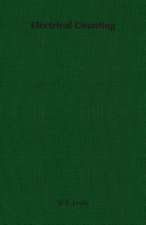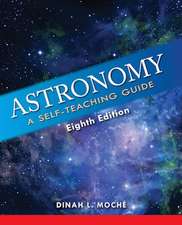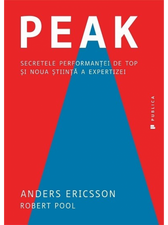The Effects of a Magnetic Field on Radiation -Memoirs by Faraday Kerr and Zeeman
Autor E. P. Lewisen Limba Engleză Hardback – 3 noi 2008
| Toate formatele și edițiile | Preț | Express |
|---|---|---|
| Paperback (1) | 172.74 lei 43-57 zile | |
| Lewis Press – 14 mar 2007 | 172.74 lei 43-57 zile | |
| Hardback (1) | 178.89 lei 43-57 zile | |
| Lewis Press – 3 noi 2008 | 178.89 lei 43-57 zile |
Preț: 178.89 lei
Nou
Puncte Express: 268
Preț estimativ în valută:
34.24€ • 37.21$ • 28.78£
34.24€ • 37.21$ • 28.78£
Carte tipărită la comandă
Livrare economică 21 aprilie-05 mai
Preluare comenzi: 021 569.72.76
Specificații
ISBN-13: 9781443730464
ISBN-10: 1443730467
Pagini: 136
Dimensiuni: 140 x 216 x 11 mm
Greutate: 0.32 kg
Editura: Lewis Press
ISBN-10: 1443730467
Pagini: 136
Dimensiuni: 140 x 216 x 11 mm
Greutate: 0.32 kg
Editura: Lewis Press













